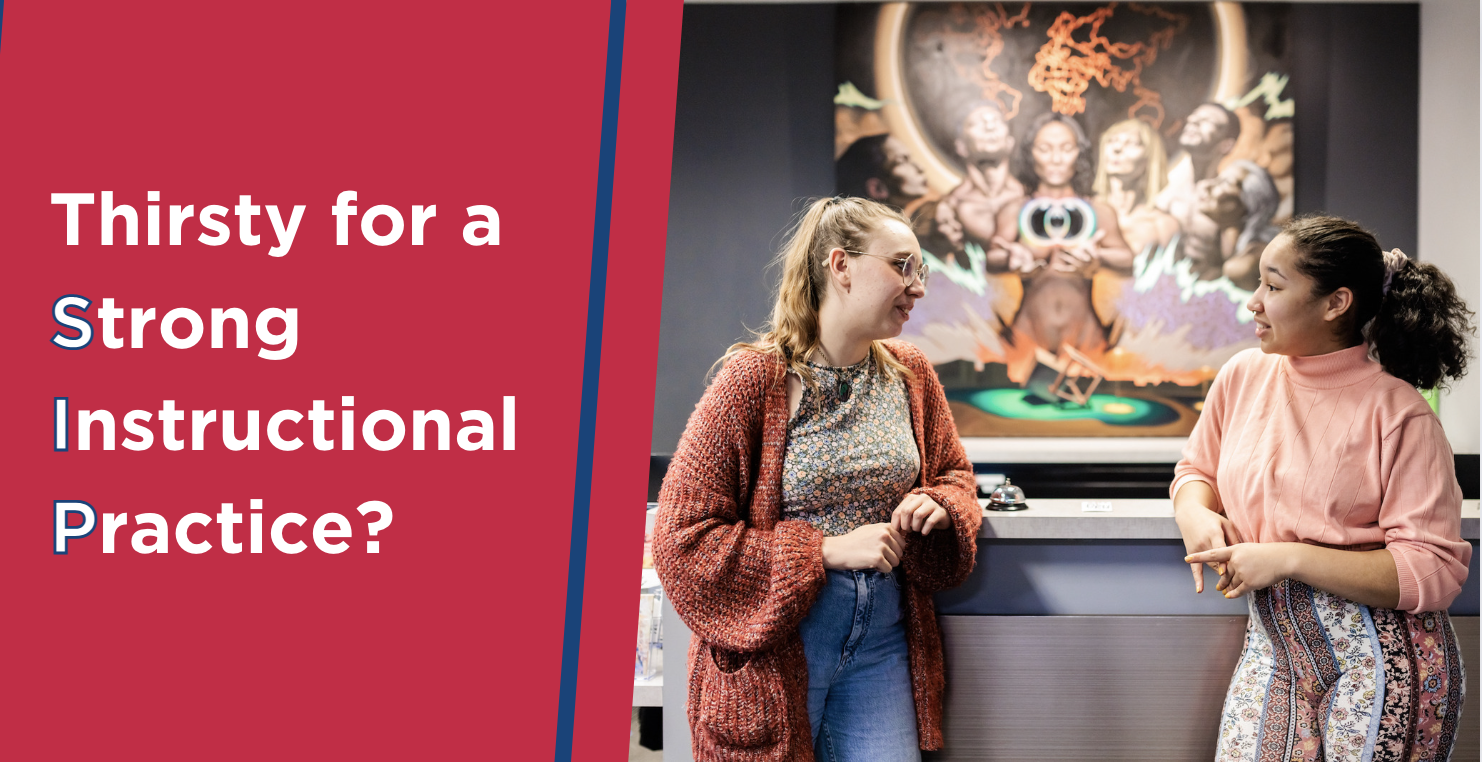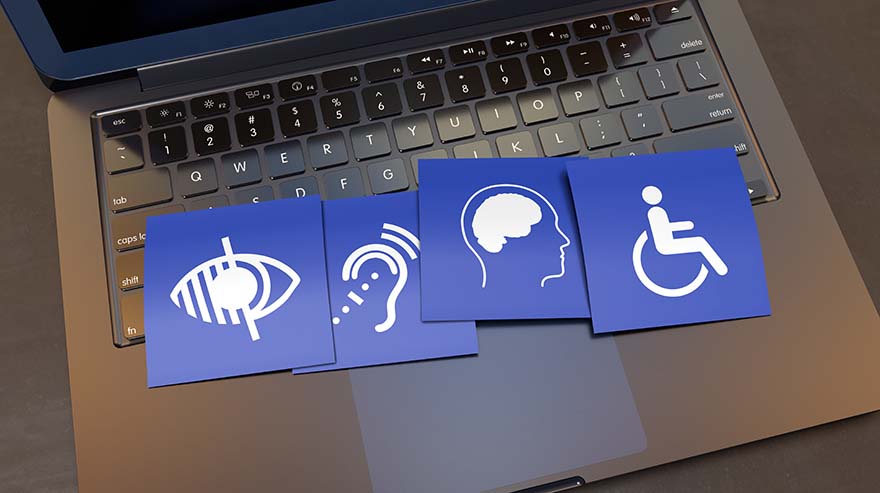Imagine this: You’re in the middle of presenting complex material to your upper-division class when you’re suddenly distracted by a student’s rude behavior. She’s shifting around in her seat, not taking any notes and whispering to the students around her. Then, you notice another student totally disengaged, playing with a Rubik’s Cube. Finally, you see another student slumped over her desk, falling asleep right in front of you. You squelch your frustration, but inside your head you are screaming, “What is wrong with students today?!”
Take a SIP of this
Maybe those students aren’t simply tired from too much partying or seemingly disengaged because they are rude. Maybe they are suffering from anxiety. A recent study by the Mayo Clinic reported that up to 44% of college students suffer from depression and anxiety today. Chances are that your students may be among them.
Everyone suffers from stress and anxiety at some point in their lives. When it disrupts a person’s life regularly, making it difficult or impossible for them to participate in everyday activities such as taking classes, working or practicing self-care, it is considered a mental-health condition.
Clinical Licensed Psychologist Jacob Ham explains that when people experience anxiety, they can’t learn. He describes how the brain of someone experiencing anxiety goes into survival mode and processes information differently. He contrasts “learning brain” with “survival brain.” The learning brain is calm and able to process added information, but the survival brain perceives everything as a threat. The survival brain perceives the teacher who asks a question as a threat, the complex material that involves ambiguities as a threat and the other students in the classroom as a threat. With all those surrounding threats, the survival brain becomes overloaded and what we see is a disengaged student. That student is struggling with a serious mental illness.
There are several things you can do to help students struggling with anxiety more easily calm their survival brains and engage their learning brains:
- Understand that anxiety and related disorders are a form of mental illness and not a sign of immaturity or a behavioral problem. This means talking to students about what kind of support they need rather than asking them to exert more discipline or self-control.
- Encourage students to sit where they will learn best. Some students may experience heightened stress if they aren’t facing a door. Other students may want to sit in the back of the room so that no one is behind them, and others may want to pull their chairs away from the rest of the class. Understand that these behaviors are calming and stress-relieving rather than antisocial or difficult and respect students’ decisions about where in the classroom they will learn best.
- When students are doing group work, allow them to work alone if they want. While this may upset your teaching plan a bit, a student with severe social anxiety won’t be able to participate productively in a group. It may serve everyone better to allow that student to work alone.
- Give students transition time between activities or wind-down time. Moving abruptly from one activity to another can be deeply unsettling for students with anxiety. Instead of simply announcing that small-group work is over, for example, try announcing what is about to happen like this, “Take another minute to wrap up your small-group discussions, and then we’ll come back together as a class for further discussion.”
- Provide clear written instructions. Anxious students may be easily overwhelmed; providing clear, step-by-step instructions for activities and assignments can help them feel in control of situations. For class activities, you can write the instructions on the board or a slide. For assignments that students will work on outside of class, always provide written instructions in handout form and break down large tasks, such as “write a paper” into small chunks, such as “(1) choose a topic, (2) formulate a thesis statement that articulates your argument, (3) identify evidence to support your argument,” etc.
- Allow students to play with Rubik’s Cubes and other fidget toys during class. While these toys may appear to be distractions, research indicates that they help students stay calm and focused. Similarly, doodling is an anxiety-reliever for many students, so do not jump to the conclusion that a doodling student is checked out.
- Give an overview of class activities at the beginning of class. This helps students with anxiety know what to expect so they can mentally prepare themselves for the activities they will engage in and not feel surprised or ambushed by shifts from one topic to another or one activity to another.
- Talk to your classes about the serious effects of anxiety. Many students may not realize that the levels of anxiety they are feeling go beyond the everyday stress we all feel from time to time. Encourage students to seek help from the Counseling Center or the Access Center.








